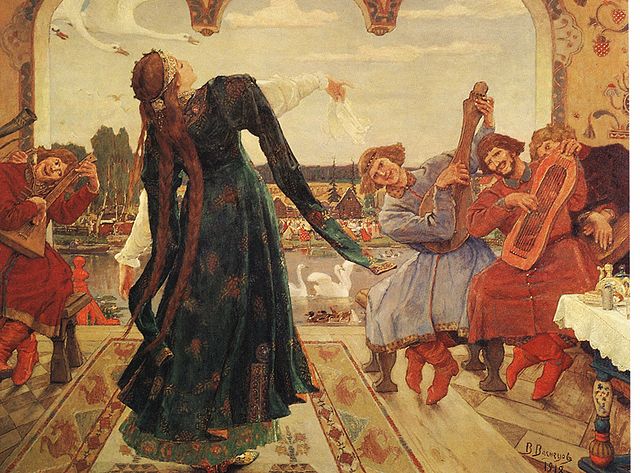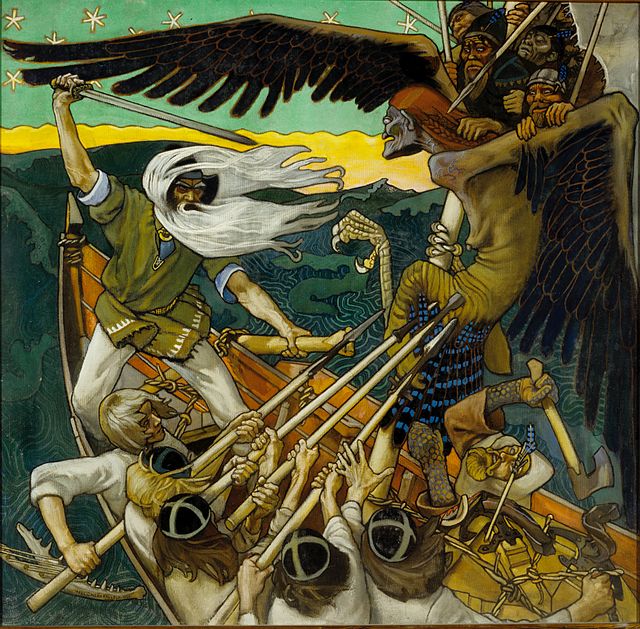Selkies are mythological creatures that can shapeshift between seal and human forms by removing or putting on their seal skin. They feature prominently in the oral traditions and mythology of various cultures, especially those of Celtic and Norse origin. The term “selkie” derives from the Scots word for “seal”, and is also spelled as silkies, sylkies, or selchies. Selkies are sometimes referred to as selkie folk, meaning 'seal folk'. Selkies are mainly associated with the Northern Isles of Scotland, where they are said to live as seals in the sea but shed their skin to become human on land.
Selkie
In mythology, folklore and speculative fiction, shapeshifting is the ability to physically transform oneself through unnatural means. The idea of shapeshifting is in the oldest forms of totemism and shamanism, as well as the oldest existent literature and epic poems such as the Epic of Gilgamesh and the Iliad. The concept remains a common literary device in modern fantasy, children's literature and popular culture.
Tsarevna Frog (or The Frog Princess), by Viktor Vasnetsov, tells of a frog that metamorphoses into a princess.
Louhi, Mistress of the North, attacking Väinämöinen in the form of a giant eagle with her troops on her back when she was trying to steal Sampo; in the Finnish epic poetry Kalevala by Elias Lönnrot. (The Defense of the Sampo, Akseli Gallen-Kallela, 1896)
"The giant Galligantua and the wicked old magician transform the duke's daughter into a white hind." by Arthur Rackham
Loge feigns fear as Alberich turns into a giant snake. Wotan stands in the background; illustration by Arthur Rackham to Richard Wagner's Das Rheingold





